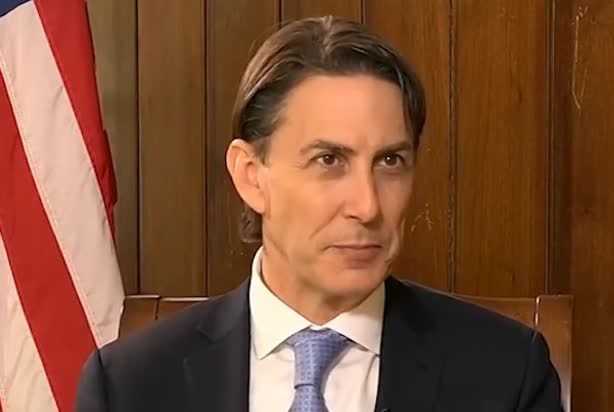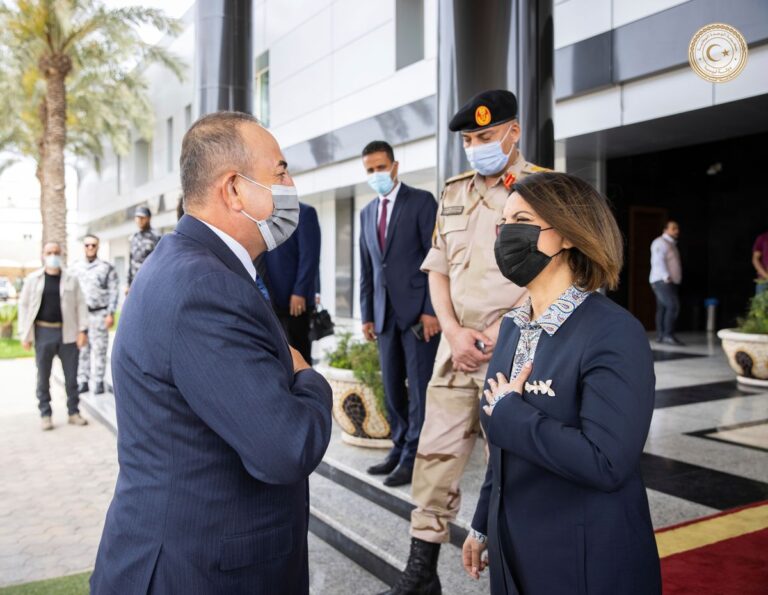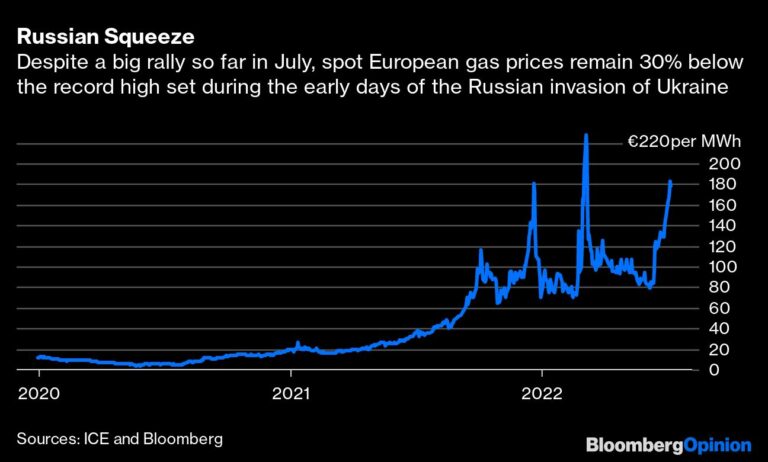فوائد اتفاق الترسيم الاقتصادية… 3 خبراء يتحدثون لـ”النهار”

طرداً لفكرة التشكيك في وجود النفط والغاز، يورد الخبير النفطي الدولي، وأمين سرّ بعثة لبنان إلى مجلس الطاقة العالمية، رودي بارودي، في حديث لـ”النهار”، أنّه بَعدَ المسح الذي أُجري في المنطقة ككلّ من العام 2002 حتى العام 2006، من جنوب سوريا وصولاً إلى قبرص وجنوب إسرائيل، تبيّن أنّ جميع هذه البقعة تحتوي على موارد نفطيّة. وفي العام 2009- 2010، عندما بدأ المسح في قبرص وإسرائيل وجدوا هذه الموارد.
جميع هذه المكامن والصخور التي لدينا في قعر البحر، يمكن أن نقول عنها إنّها إيجابية، وتحتوي على هذه الموارد، ممّا يمكّنها من إعطائنا دعماً اقتصادياً هائلاً. لكن لا يُمكننا معرفة الكميّة الموجودة حتى نبحث ونستكشف. وإذا نجح الاستكشاف، يمكننا حينها استقدام منصّات للاستخراج، فنعرف حجم الآبار الموجودة؛ جميع البُقع المحيطة بلبنان تتمتّع بثروة نفطية تحت الماء، “فلماذا التشكيك بوجود النفط في المياه البحرية اللبنانية إذن؟”، يتساءل بارودي. لذلك فإنّ احتمال ألّا يكون لدينا نفط وغاز ضئيل جداً.
إلى ذلك، لا جهة تعلم حجم الثروة في مكمن قانا قبل بدء عمليات التنقيب، بالرغم من وجود التقديرات، التي لن تكون دقيقة – بطبيعة الحال -، ولن يمكننا تحديد أرقام مؤكَّدة قبل وصول الشركة المنقّبة وإطلاق العملية”، وفق بارودي، الذي يُضيف أنّ “تقديرات حقل كاريش فقط تُشير إلى وجود عائدات تقدّر بـ16 مليار دولار، وقد يزيد المبلغ في حال وُجدت كميّات إضافية شمال، جنوب، شرق أو غرب المكمن، أثناء عمليات التنقيب”.
واقتصادياً، بحسب بارودي، “علينا أن نكون سعيدين جداً، على أن يترافق مسار استخراج النفط مع إنجاز الإصلاحات المطلوبة والمُلِحّة، فمهما بلغت كميّة الموارد المستخرَجة، إن لم تترافق مع إصلاحات اقتصادية وقانونية ومالية، فلن يستفيد الشعب منها”.
والتقديرات التي استخلصتها إحدى المسوحات في العام 2010 في كلّ من قبرص وإسرائيل، “كانت صحيحة نسبياً. لذلك، في ما يتعلق بتقديرات الجهة نفسها حول كمية الغاز والنفط الموجودة في لبنان، وإذا ما احتسبناها على سعر الغاز والنفط الراهن، فإنّها تُقَدَّر بما يقرب من 400 إلى 600 مليار دولار تقديرياً، إضافة إلى وجود كمية من النفط والغاز لا يُستهان بها في البرّ أيضاً”، وفق بارودي.
وفيما تحدّث الرئيس ميشال عون عن وجوب تخصيص صندوق سيادي لعائدات النفط والغاز، يؤكّد بارودي أنّ “إنجاز الإصلاحات يمهّد الطريق إلى اعتماد الصندوق السيادي”. فإذا ما سارت عائدات النفط والغاز بالشكل السليم، فإن القطاع التربويّ والصحيّ وغيرهما من القطاعات سيستفيد منها.
في الأثناء، ركزت آراء على أنّ اتفاق الترسيم لم يحلّ القضايا الاقتصادية الرئيسية المتعلّقة بتقاسم أرباح الموارد المحتملة، لكنّه أرجأ البتّ بها إلى موعد لاحق. تعليقاً، يقول بارودي إنّ “الاتفاقية النهائية المسرَّبة لم تذكر تقاسم أرباح بين لبنان وإسرائيل من الموارد المحتمَلة، وهي اتفاقية جيّدة جداً؛ وكلّ ما يُحكى في السياسة والإعلام لا يلتقي مع ما ذُكر في الاتفاقية. وما قد يُفضي إليه اتفاق “توتال” وإسرائيل لاحقاً لا يعني لبنان، ولا يدخل في خزينته، ولا علاقة للبنان به لا من قريب ولا من بعيد، وشركة “توتال” أكّدت ذلك. وكلّ ما يُحكى عن تقاسم أرباح هو أمر غير صحيح وغير موجود أساساً في الاتفاق”.
كذلك، تردّد حديث عن أنّ “قدرة لبنان على استكشاف آفاق حقل قانا وتطويره يعتمدان في نهاية المطاف على موافقات إسرائيلية وعلى الترتيب المالي المستقبليّ بين توتال وإسرائيل”. في هذا الإطار، يلفت بارودي إلى أنّ “الكلام عن موافقة إسرائيلية على الاستكشاف والتنقيب في حقل قانا عارٍ من الصحة، فخطّ الحدود البحريّ أصبح خطاً معترَفاً به، والاتفاق الذي وقّعه الجانبان أُرسل إلى ما يُسمّى بالـ division of ocean affairs at the united nations، حتى أنّه يمكننا ممارسة السباحة في هذه المياه وصيد السّمك. وبعد كلام الرئيس عون أمس واعترافه بالخط الحدودي البحري، وإعلان موافقة لبنان على اتفاق ترسيم الحدود، فانه إقرار رسميّ بهذه الحدود، وكأنّنا وقّعنا على الاتفاقية أمس، وبذلك يحقّ لنا التنقيب من دون الرجوع إلى أحد”.
وعلى الصعيد الاقتصادي بالتحديد، اتفاق ترسيم الحدود البحرية، وفق أيوب، هو خطوة على مسار كون لبنان دولة نفطيّة. لكنّه حتى الساعة لا يُمكن الإقرار بأنّ لبنان أصبح بلداً نفطياً، ولا يمكن المقارنة بين العائدات التي سيحصل عليها كلّ من الجانبين لعدم معرفة كمية النفط والغاز الموجودين في حقول لبنان.
لكن الأكيد هو أنّ العوائد الاقتصادية لإسرائيل ستكون سريعة لأنّ الجانب الإسرائيلي سيبدأ بالإنتاج من حقل كاريش الأسبوع المقبل، وفق أيوب، الذي يؤكّد أنّ ليس هناك من تقاسم للأرباح بين الجانبين في هذا الاتفاق. وما تمّ حلّه في اتفاق الترسيم وربطه تحت الإدارة الأميركية والإسرائيلية هو حقل قانا. صحيح أنّ هذا الحقل هو بكامله للبنان، لكن إسرائيل تبرم اتفاقاً مالياً بينها وبين شركة “توتال”، وبالتالي هناك فقرة في اتفاق الترسيم تنصّ على رهنٍ بالاتفاق المالي بين إسرائيل و”توتال”. ويتساءل أيوب: “ماذا لو لم يحصل هذا الاتفاق؟ حينها كلّ ما هو جنوب الخط 23 يكون معرّضاً للمشاركة. لذلك، فإنّ هذا الاتفاق أجّل التنقيب البريّ إلى وقت لاحق، وتأجّل بذلك كل اكتشاف جديد يمكن أن يحصل في المستقبل بعد هذا الاتفاق، على طول الخطّ 23، إذ سيُعرقل أيّ اكتشاف جديد وسيتم اللجوء إلى الأميركي للتوسّط ولن يلتزم الإسرائيلي حينها”.








